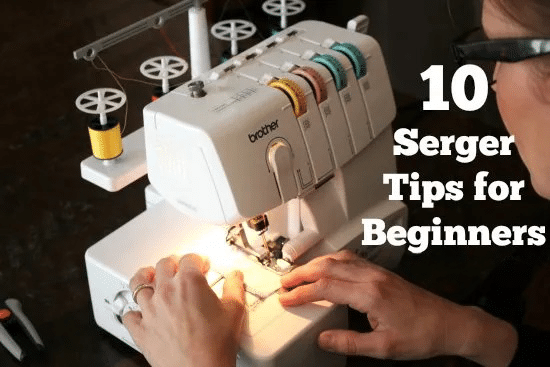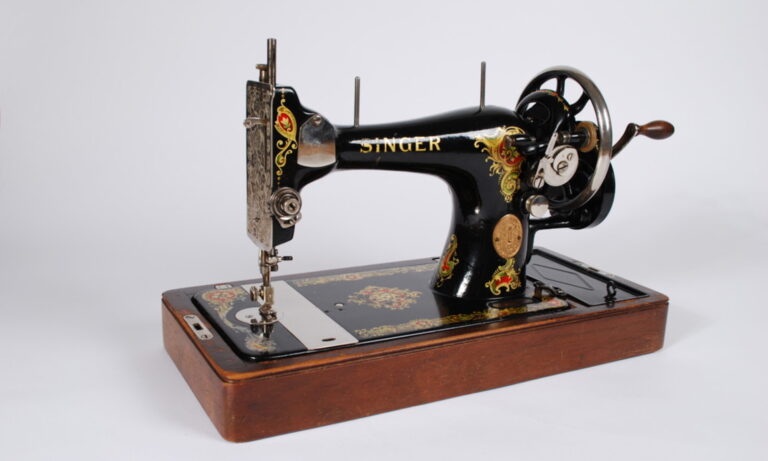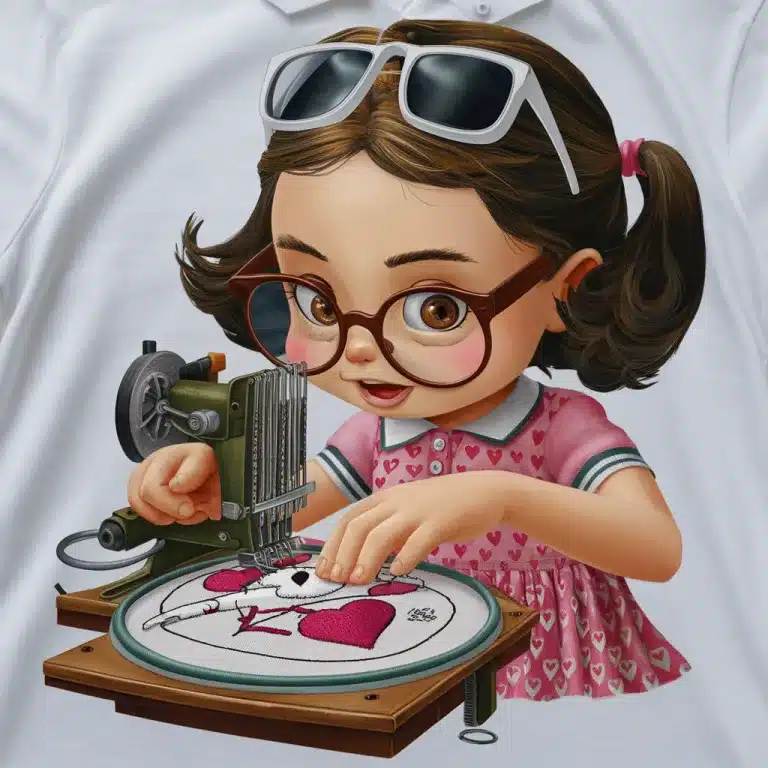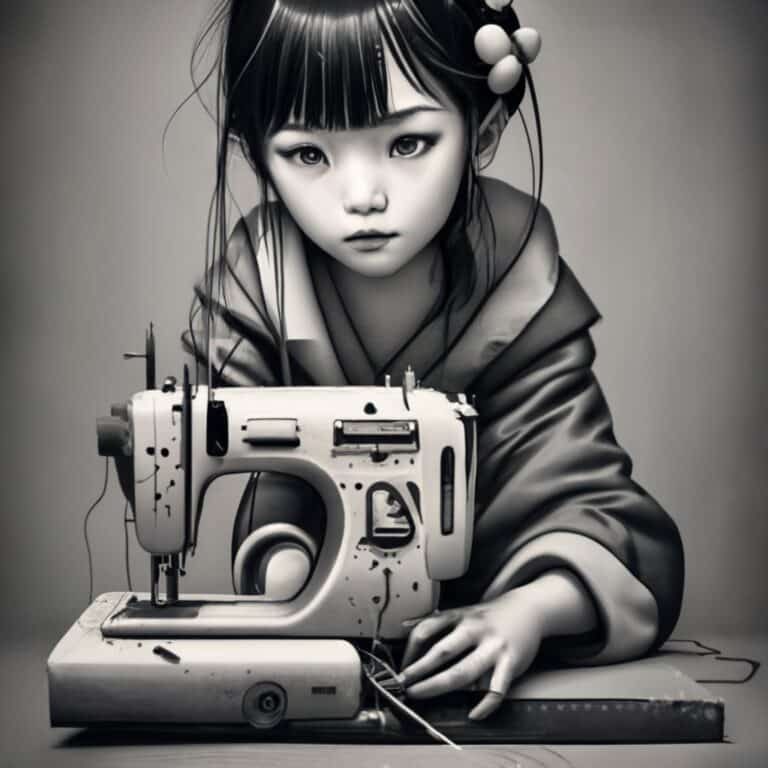A Piping How To
I love piping! To me it is the perfect embellishment because it adds an interesting detail to the garment but in a very subtle way.
It was one of the first “difficult” techniques I learned when starting to sew because I loved the look so much.
It has always appeared in my garments and over the years I have developed a sure-fire method for inserting it.
Now I have to admit that during my “fast, faster, fastest” sewing days, piping was omitted or slapped in haphazardly…but as I grew in my art I realized that I needed to have a structure so that each application would be perfect.
So this is how I add piping to a garment – emphasis on the “I”!
First a list of items you need:
1. Piping (of course) either purchased or made by yourself. My favorite source for pre-made piping is Daytona Trimmings (featured on Project Runway) in NYC…though M&J Trims has an amazing assortment too.
2. Three different feet for your sewing machine. I use a piping foot, a zipper foot and the regular zigzag foot. I mention this because you get a better application when you change the feet on your machine and when you change your needle position.

3. A hand needle and thread. Again it seems simple but I found once I used a little hand basting my applications went much smoother.
How I do it:
A. First I take the piping and pin it onto the garment exactly 5/8″ from the garment edge or exactly on the seam allowance.
B. Then I hand baste the piping down. I usually use a contrasting color thread for this basting. This is the most important step to me because it stabilizes the piping preventing it from shifting around when you sew the band or facing on.

C. Next I pin the facing or band over the piped edge. If I want a finished look inside the garment, I ALWAYS add a facing, a band or a binding piece. Something that will cover the seam that’s used to secure the binding to the garment.
D. Using the piping foot on my sewing machine, I sew the facing/band/binding with the piping inserted to the garment. I set my needle position so that I am sewing as close to the piping as I can without actually stitching through it. Another thing that I do to insure that I have a clear stitching line is to use my wooden pointer. I mark a line down the top of the facing, right next to the piping. I usually mark it for a couple of inches and repeat it several times so that there is a clear indentation in the fabric. Then I stitch the fabric sandwich (garment, piping, facing/band/binding) together. Following these steps usually results in a tightly piped seam.
E. Once the seam is completed, I either clip the curves and edgestitch OR I switch machine feet to my zipper foot so that I can run a line of stitching as close to the piped edge as possible. This does two things…it secures and stabilizes the clipped piped seam and it gives it a perfect finish.
F. Finally the seam is pressed flat, always with a silk organza pressing cloth because this allows me to run the tip of my iron right next to the piping without actually pressing and possibly flattening the piping.
A few more tips:
When starting and stopping a seam, I always use the overlap method. One piece of piping laps over another and both are folded down into the facing/band/binding piece. Summerset has described another method on her blog that she uses and it is slightly different from this method.
~ When the piping ends at the back of a neckline facing, I make sure that the piping folds back into the facing seam for a clean finish…otherwise the piping ends will be exposed and will start to fray looking very messy.

I only use my piping foot when inserting the piping into the seam. I use one of the other two recommended feet at different times during the insertion process.
I know that other books and magazine articles recommend using the zipper or edging foot for the entire process but I’ve gotten my best results using this method.
When adding piping to a sleeve hem or dress/skirt hem, I always make a band to enclose the piping. The end result is a cleaner finish.

Some book resources on piping how-tos:
**Embellishments A to Z – authored by Stephanie Valley, published by Taunton Press
This book devotes an entire chapter to piping.
**Vogue & Butterick’s Designer Sewing Techniques
Has a short blurb about designers using piping
**Fine Embellishment Techniques – by Jane Conlon, published by Taunton Press
This book has a chapter devoted to bindings and pipings and some of the best how to instructions on how to make and apply piping
Threads also has quite a series of articles on making and applying piping.
If you haven’t given piping a try because you thought it was difficult, I hope that I have inspired you to try it by adding this technique to one of your garments. It is a wonderful embellishment that adds a richness and difference to your finished pieces. I know that I love it on mine!
Also, I realize that no one does a sewing technique absolutely the same way so if you have a different way to add piping to a garment, please leave a comment. I am always interesting in learning something new or refining a technique I already use!
5/5 - (5 votes)
Related Posts
Enhance your embroidery journey with our Related Post Widget.
Discover relevant articles, tutorials, and tips to improve your skills and explore new techniques.
Stay inspired and connected to our embroidery community.
Discover relevant articles, tutorials, and tips to improve your skills and explore new techniques.
Stay inspired and connected to our embroidery community.






